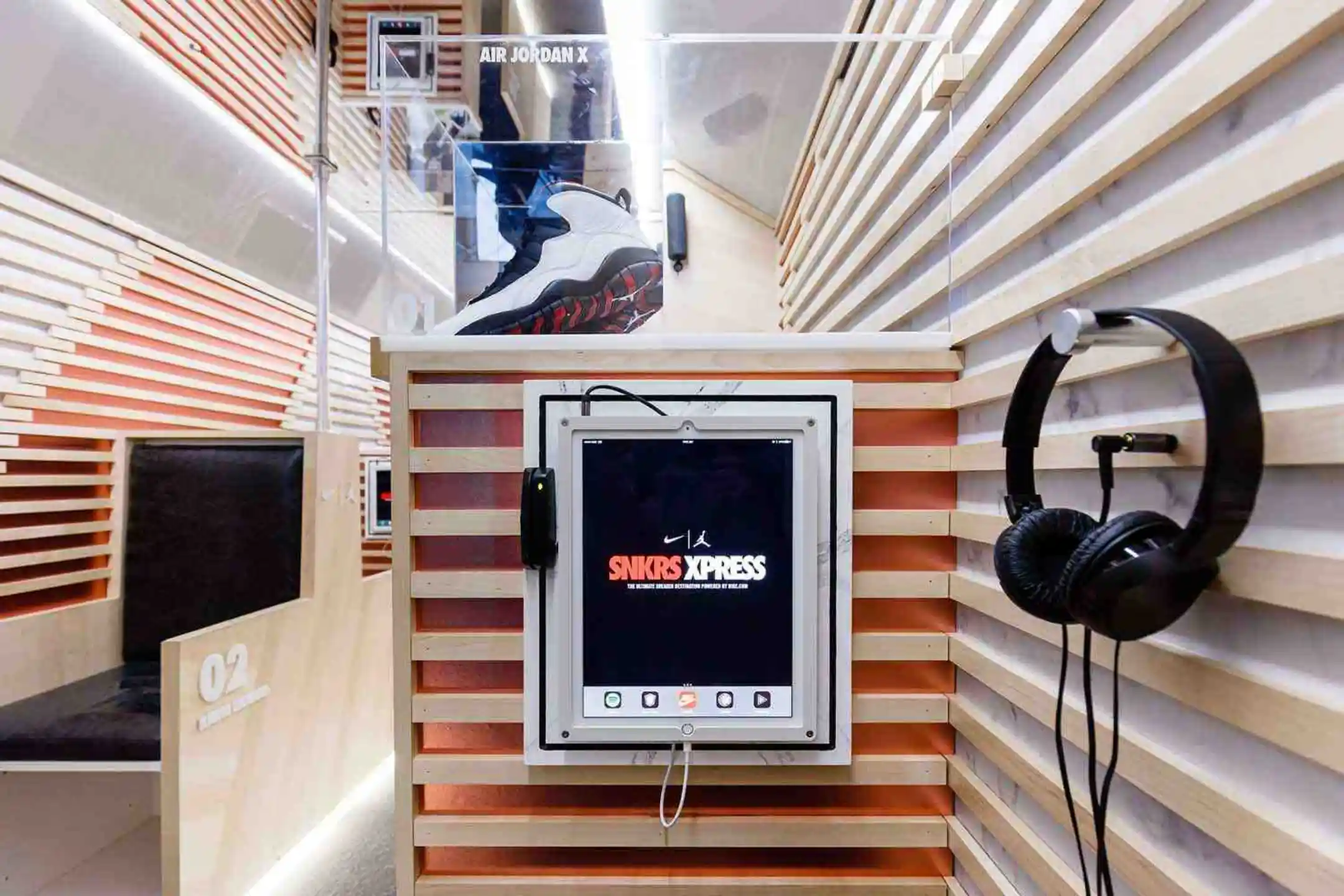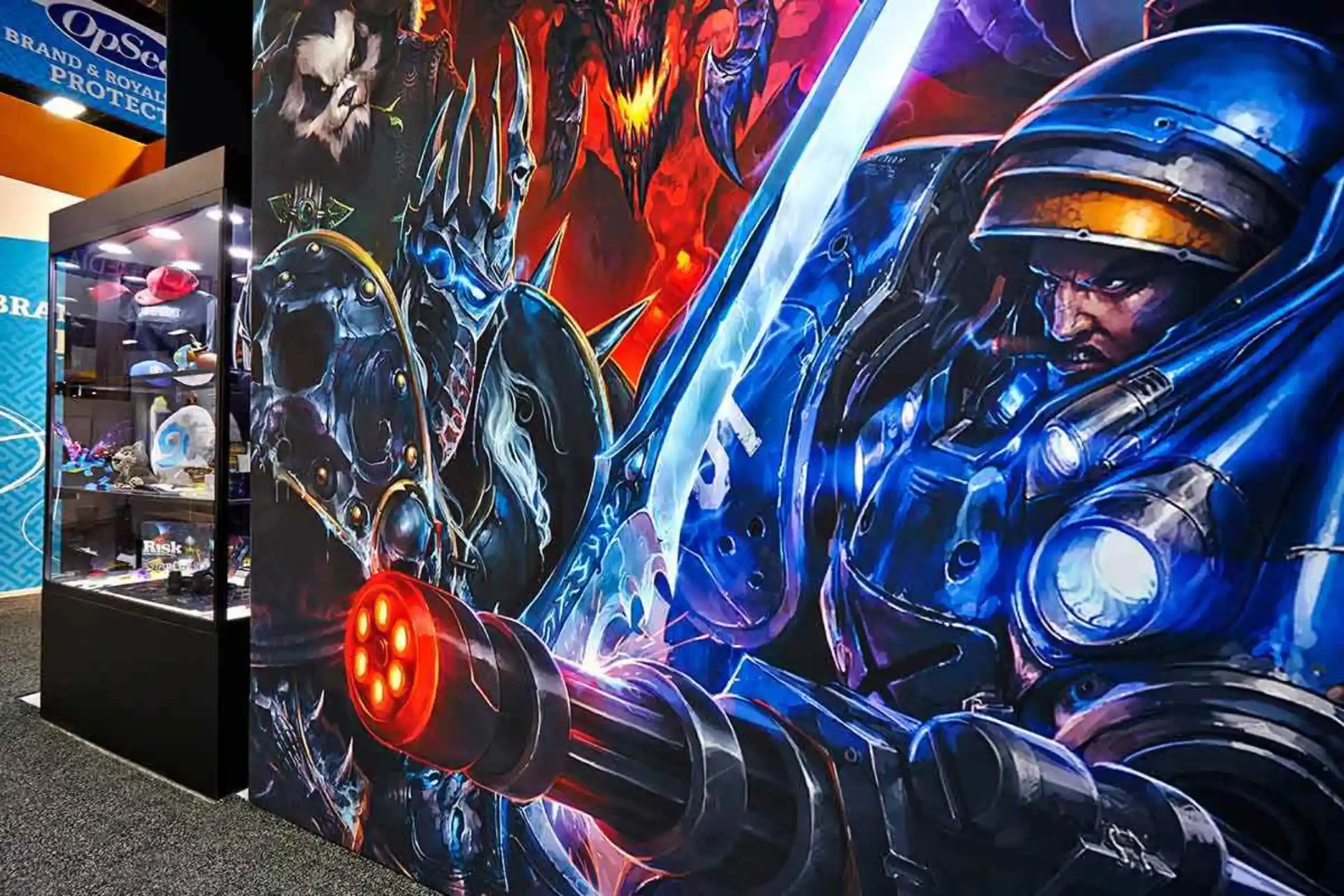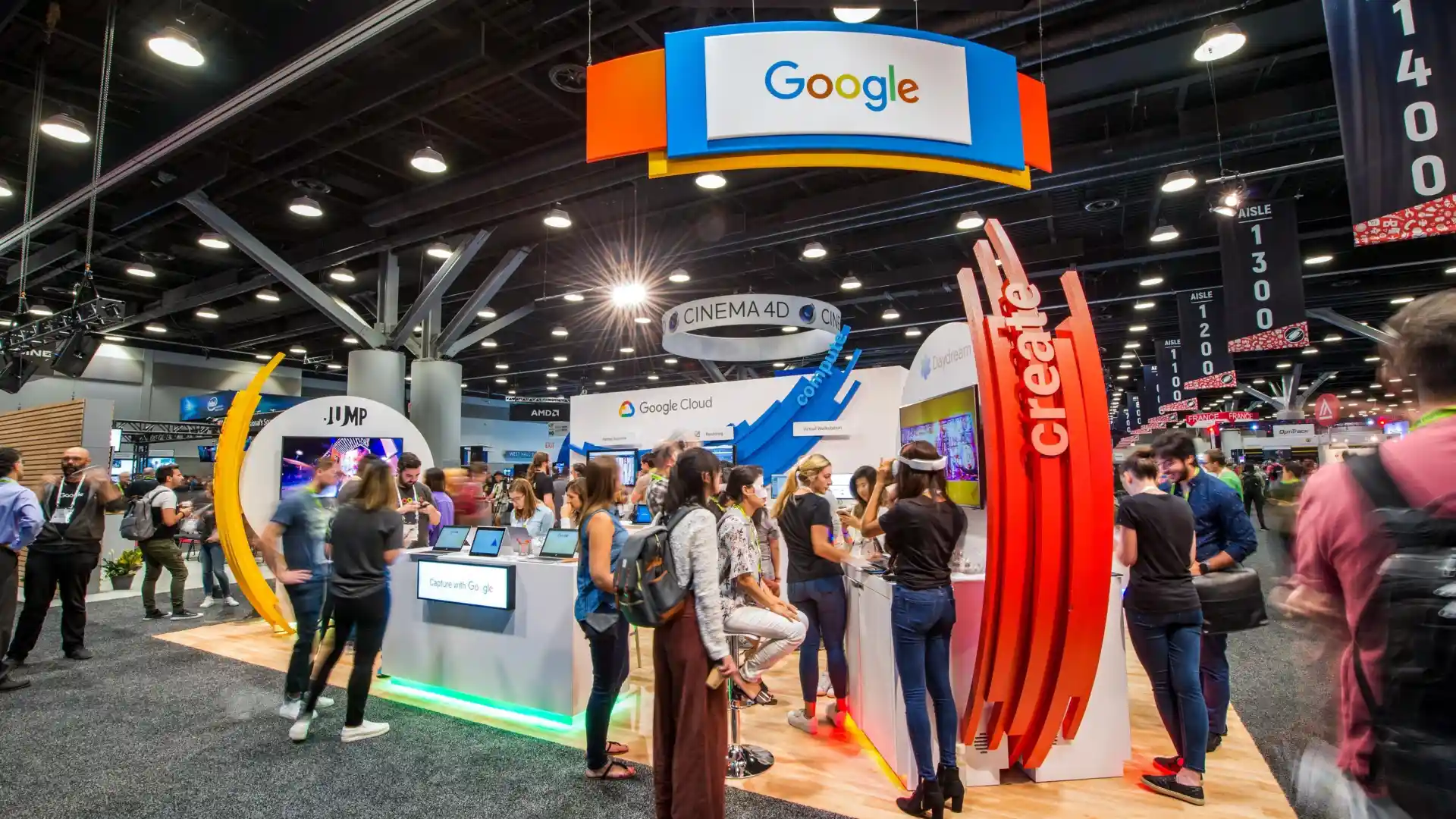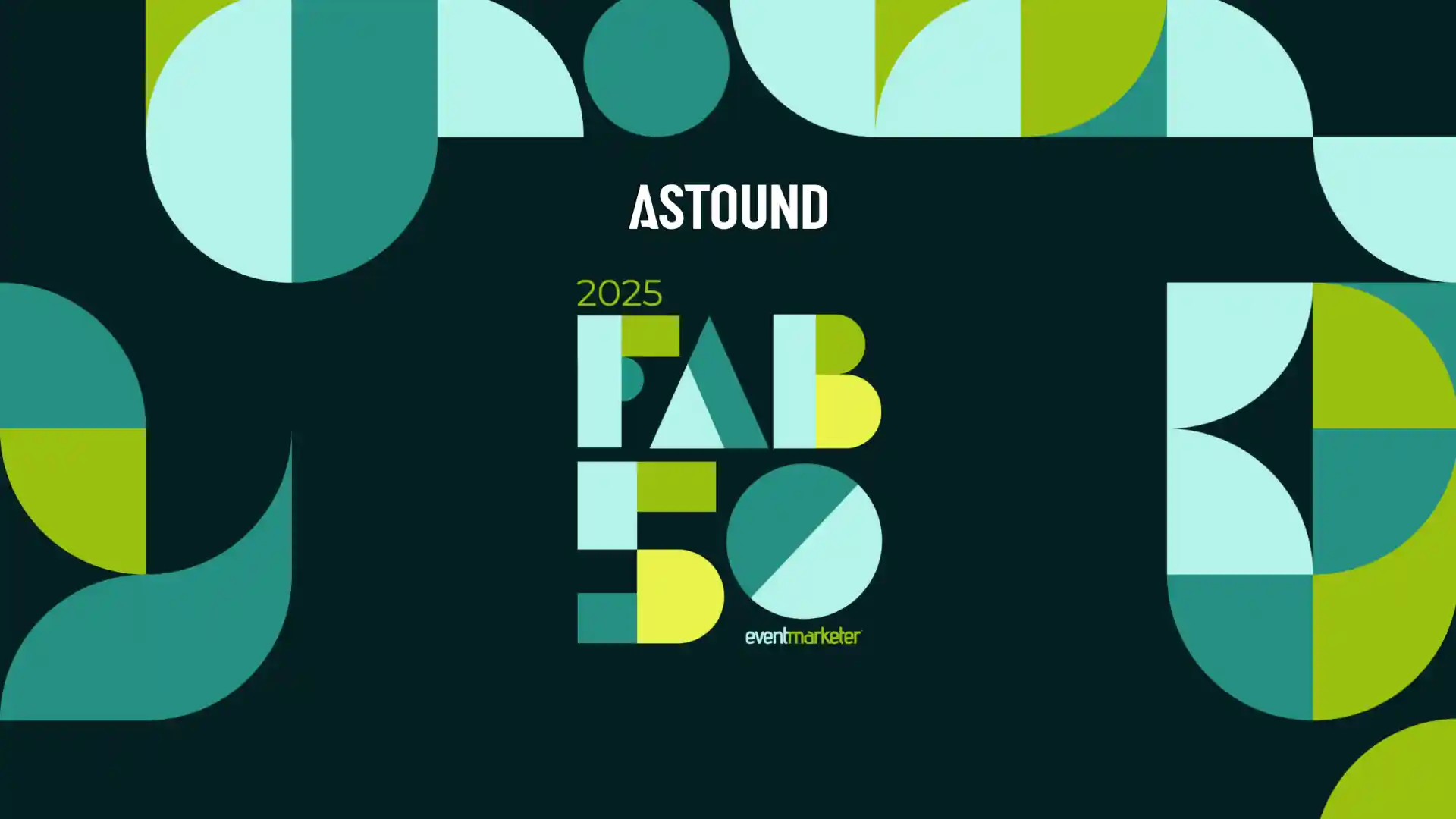Top 5 Spatial and Experiential Design Trends
What sets a particular physical space apart from the rest? Effective spatial design considers the relationship between people and their environments and improves these interactions. The following is an exploration of some spatial design trends that will help your physical space stand out in 2016.

Focus on Lighting
Refined lighting methods can transform any physical space by altering the colours, shadows and focal point of the space and elements within it. Through pattern, reflection and colour, lighting can help control the message of a story by informing the mood and focus. One of the most important roles lighting can play is in highlighting specific elements in a space, whether it’s an interior-lit logo, a few well-placed halogens or an under-lit product demo, lighting can draw your visitors to the areas of focus within the space.
Careful Material Selection
We’ve noticed so far in 2016 that the use of the wood finish is making a comeback as well as warm metals such as rose gold and textured materials like marble.

Designing the Experience
Today, it’s all about creating a memorable impression and an unforgettable experience. Spatial design should focus on designing and enhancing human experiences within a space. Designs are not necessarily restricted by a brand’s standard pallet anymore but are more focused on the desired visitor experience and emotional connection tied to it.

De-Clutter
Paring down and reducing visual distractions is becoming a major trend when designing a space so you could say Minimalism is “in.” Design culture is pushing for minimalism within the context of our daily lives, and with the increased awareness for the environment, people are rethinking their fundamental needs when making purchases. Eliminating objects and clutter from spaces allow consumers to focus on what’s important. Introducing a generous amount of “white” or empty space around an object or feature helps establish a focal point and hierarchy within a 3D space.
Large Format Graphics
Eye-catching graphics could be the easiest solution that will set you apart from the crowd. Again, minimalism is key when designing graphics for 2016. For travelling exhibits, Silicone Edge Graphics (SEG) are being used in more and more aluminum extrusion wall systems. The solution is highly cost effective and lightweight offering the versatility and visual impact of other premium materials.
Design culture has raised the bar for how we design space and has increased the awareness of the way people experience it. This year, spatial design is all about how people move and interact within the spaces. Designers are re-thinking the relationship between spatial design and the human experience within it.
For more information about spatial design, or to discuss your current design and custom build needs, email us at [email protected].


